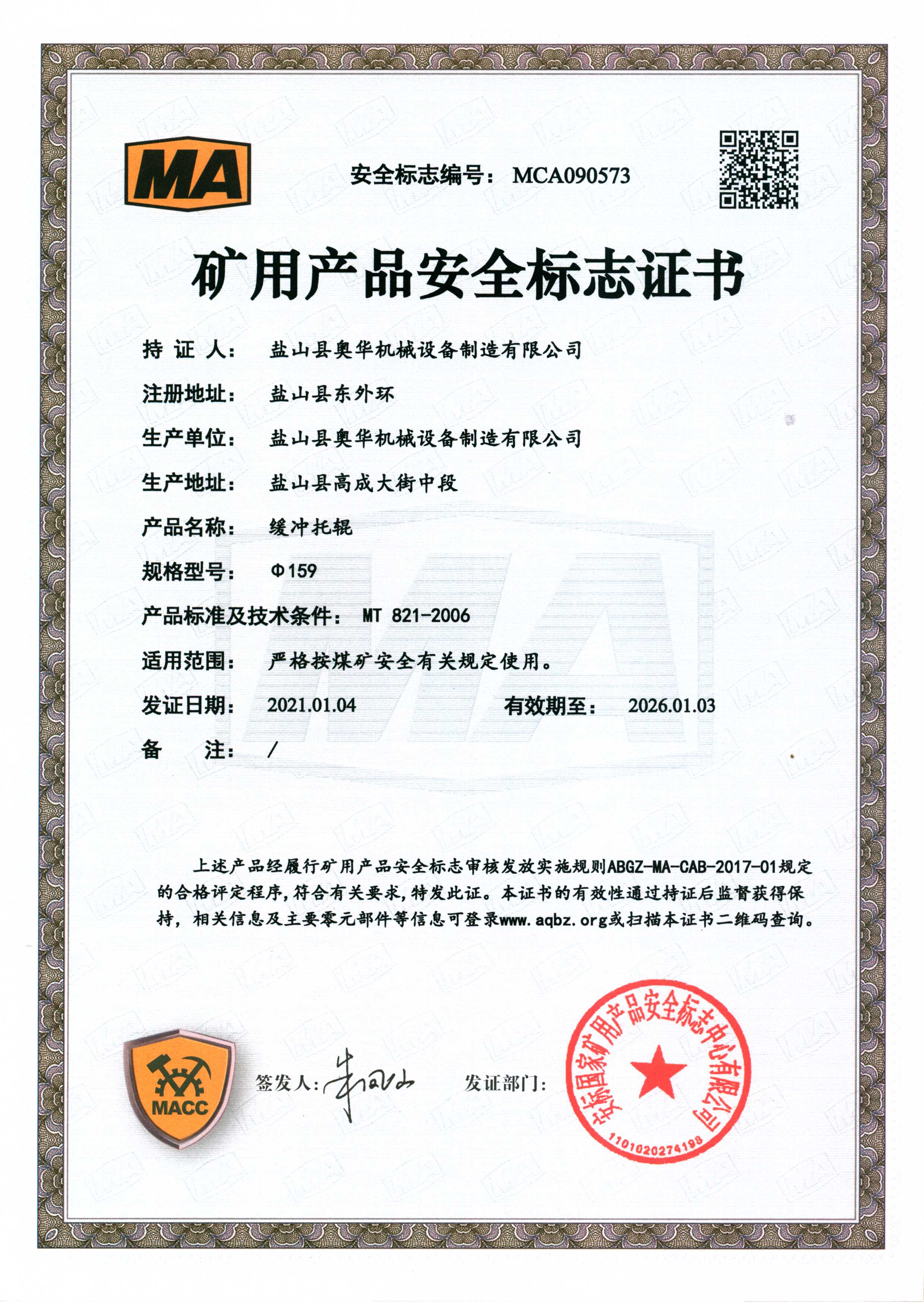 Afrikaans
Afrikaans  Albanian
Albanian  Amharic
Amharic  Arabic
Arabic  Armenian
Armenian  Azerbaijani
Azerbaijani  Basque
Basque  Belarusian
Belarusian  Bengali
Bengali  Bosnian
Bosnian  Bulgarian
Bulgarian  Catalan
Catalan  Cebuano
Cebuano  Corsican
Corsican  Croatian
Croatian  Czech
Czech  Danish
Danish  Dutch
Dutch  English
English  Esperanto
Esperanto  Estonian
Estonian  Finnish
Finnish  French
French  Frisian
Frisian  Galician
Galician  Georgian
Georgian  German
German  Greek
Greek  Gujarati
Gujarati  Haitian Creole
Haitian Creole  hausa
hausa  hawaiian
hawaiian  Hebrew
Hebrew  Hindi
Hindi  Miao
Miao  Hungarian
Hungarian  Icelandic
Icelandic  igbo
igbo  Indonesian
Indonesian  irish
irish  Italian
Italian  Japanese
Japanese  Javanese
Javanese  Kannada
Kannada  kazakh
kazakh  Khmer
Khmer  Rwandese
Rwandese  Korean
Korean  Kurdish
Kurdish  Kyrgyz
Kyrgyz  Lao
Lao  Latin
Latin  Latvian
Latvian  Lithuanian
Lithuanian  Luxembourgish
Luxembourgish  Macedonian
Macedonian  Malgashi
Malgashi  Malay
Malay  Malayalam
Malayalam  Maltese
Maltese  Maori
Maori  Marathi
Marathi  Mongolian
Mongolian  Myanmar
Myanmar  Nepali
Nepali  Norwegian
Norwegian  Norwegian
Norwegian  Occitan
Occitan  Pashto
Pashto  Persian
Persian  Polish
Polish  Portuguese
Portuguese  Punjabi
Punjabi  Romanian
Romanian  Russian
Russian  Samoan
Samoan  Scottish Gaelic
Scottish Gaelic  Serbian
Serbian  Sesotho
Sesotho  Shona
Shona  Sindhi
Sindhi  Sinhala
Sinhala  Slovak
Slovak  Slovenian
Slovenian  Somali
Somali  Spanish
Spanish  Sundanese
Sundanese  Swahili
Swahili  Swedish
Swedish  Tagalog
Tagalog  Tajik
Tajik  Tamil
Tamil  Tatar
Tatar  Telugu
Telugu  Thai
Thai  Turkish
Turkish  Turkmen
Turkmen  Ukrainian
Ukrainian  Urdu
Urdu  Uighur
Uighur  Uzbek
Uzbek  Vietnamese
Vietnamese  Welsh
Welsh  Bantu
Bantu  Yiddish
Yiddish  Yoruba
Yoruba  Zulu
Zulu Understanding the Function of Head Pulley in Conveyor Systems and Their Importance
The Importance of Head Pulley in Conveyor Systems
Conveyor systems are essential in material handling across various industries, from manufacturing to warehousing. At the heart of these systems lies a crucial component known as the head pulley. Understanding the function and significance of the head pulley can greatly enhance the efficiency and reliability of operations that rely on conveyor systems.
Definition and Function
The head pulley is the terminal pulley located at the discharge end of the conveyor belt. Its primary functions are to drive the belt and to provide the necessary tension for effective operation. Typically, the head pulley is powered by an electric motor connected through a series of belts, chains, and gears. As the pulley rotates, it pulls the conveyor belt along its path, thereby transporting materials from one location to another.
Types of Head Pulleys
Head pulleys come in various designs and configurations, shaped largely by the application's requirements. The most common types include
1. Drive Pulleys These are powered pulleys that provide the main driving force for the conveyor system. They are designed to transmit torque and facilitate the smooth movement of the belt.
2. Idler Pulleys While not directly involved in driving the belt, idler pulleys are essential for guiding and supporting the belt along its path. They help maintain the proper alignment and tension of the conveyor system.
3. Magnetic Pulleys Used mainly in recycling industries, magnetic head pulleys remove ferrous materials from the conveyor belt. As non-metallic materials are conveyed, the magnetic head pulley attracts and separates out any scrap metal.
head pulley in conveyor

4. Lagged Pulleys These head pulleys have a rubber or ceramic coating that enhances friction, thereby improving the belt’s grip during operation. This is particularly important in steep or inclined conveyor systems to prevent slippage.
Importance of Proper Design
The design and material selection for head pulleys are critical for the performance of the conveyor system. Factors such as diameter, width, and material composition directly affect the belt's tension, resistance to wear, and overall durability. A poorly designed head pulley can lead to frequent breakdowns, increased maintenance costs, and inefficient material handling.
Moreover, the installation angle is also a vital aspect of head pulley design. For instance, pulleys that operate on inclines need to be robust enough to handle additional stress without compromising the belt's functionality.
Maintenance and Performance
Regular maintenance of head pulleys is essential for optimal performance. This includes routine inspections for wear and tear, alignment checks, and lubrication of moving parts. A well-maintained head pulley can significantly extend the lifespan of the conveyor system while reducing downtime caused by unexpected failures.
Additionally, operators should monitor the system for signs of slippage, belt misalignment, and unusual noises that may indicate a malfunction. Addressing these issues promptly can prevent larger problems that could halt production.
Conclusion
In conclusion, the head pulley plays a pivotal role in the functionality of conveyor systems across various industries. Its ability to drive the belt while maintaining proper tension is crucial for uninterrupted material handling. Understanding the different types, importance of proper design, and maintenance needs will help industries enhance their operational efficiency. By investing in high-quality head pulleys and adhering to a strict maintenance regimen, businesses can ensure their conveyor systems operate smoothly and effectively, leading to improved productivity and reduced costs.
-
Revolutionizing Conveyor Reliability with Advanced Rubber Lagging PulleysNewsJul.22,2025
-
Powering Precision and Durability with Expert Manufacturers of Conveyor ComponentsNewsJul.22,2025
-
Optimizing Conveyor Systems with Advanced Conveyor AccessoriesNewsJul.22,2025
-
Maximize Conveyor Efficiency with Quality Conveyor Idler PulleysNewsJul.22,2025
-
Future-Proof Your Conveyor System with High-Performance Polyurethane RollerNewsJul.22,2025
-
Driving Efficiency Forward with Quality Idlers and RollersNewsJul.22,2025





























